Today, we look at new developments from Ukraine.
Over the last three years, Russia has continuously targeted Ukrainian infrastructure and forced the Ukrainian energy sector to improvise and adapt in order to limit the number of blackouts. This autumn, however, the number of air strikes increased further as winter looms and threatens to overwhelm the already stretched air defense and electricity networks of Ukraine.

Last year, Russia launched a daily average of almost two hundred drones, rockets, and cruise missiles towards Ukraine, often concentrated in salvos of up to eight hundred pieces to overwhelm Ukrainian air defense capabilities.
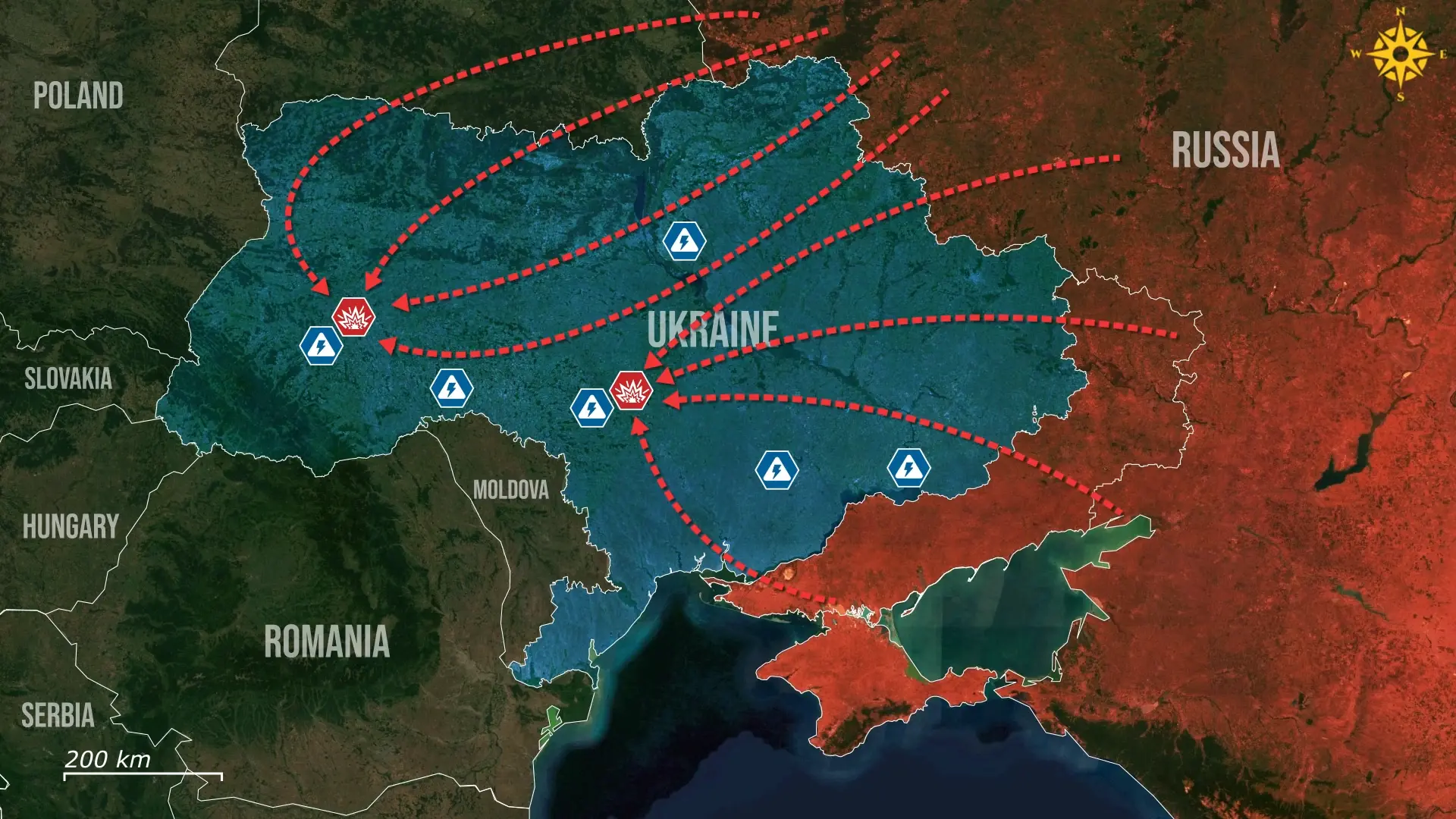
Russia’s reasoning behind the current increase in air attacks is twofold. First is a significant strengthening of its strike capabilities in general; Russia has increased its monthly ballistic rocket production by 66 percent compared to 2024 to up to 85 ballistic missiles per month, in addition to the now 150 cruise missiles. Russia has also ramped up its production of Shahed slash Geranium drones at its Alabuga factory over the summer, increasing from 5,000 drones in nine months over 2024, to the same number in just 30 days.
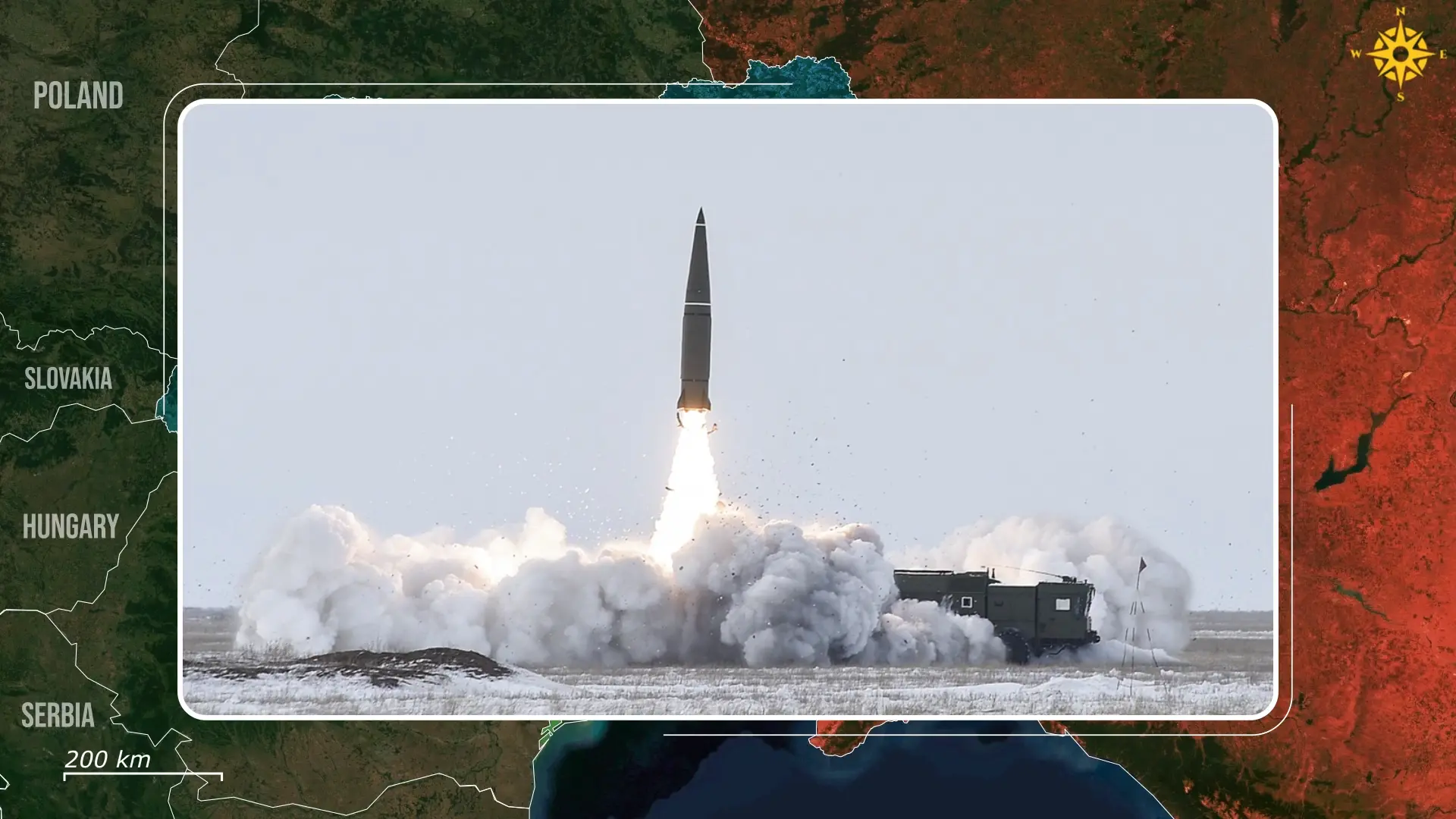
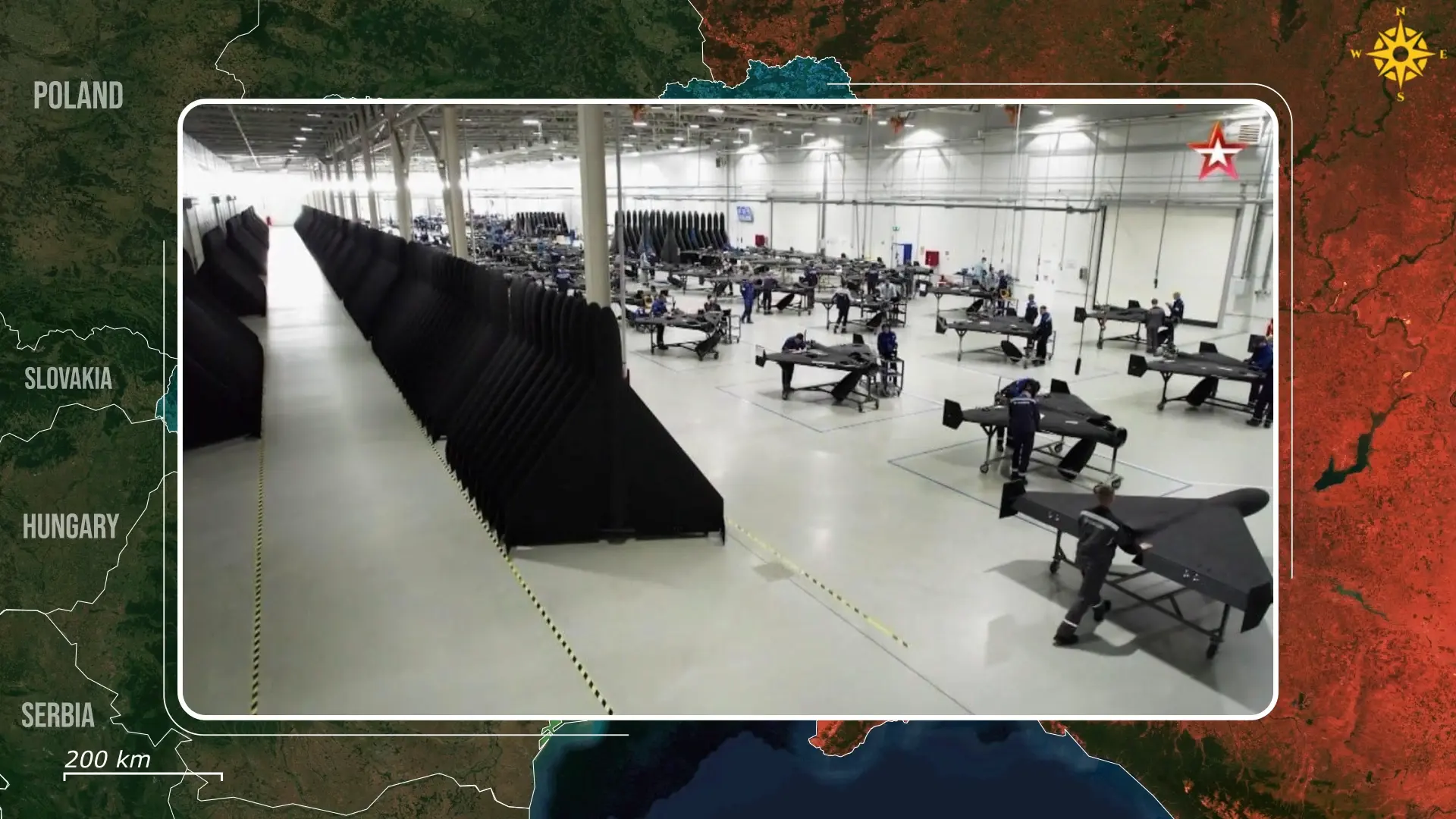
Secondly is that Ukrainian attacks have devastated the Russian oil sector, on which it depends to sustain its war effort, in order to achieve some kind of retaliation, the Ukrainian energy sector has become Russia’s new main target.
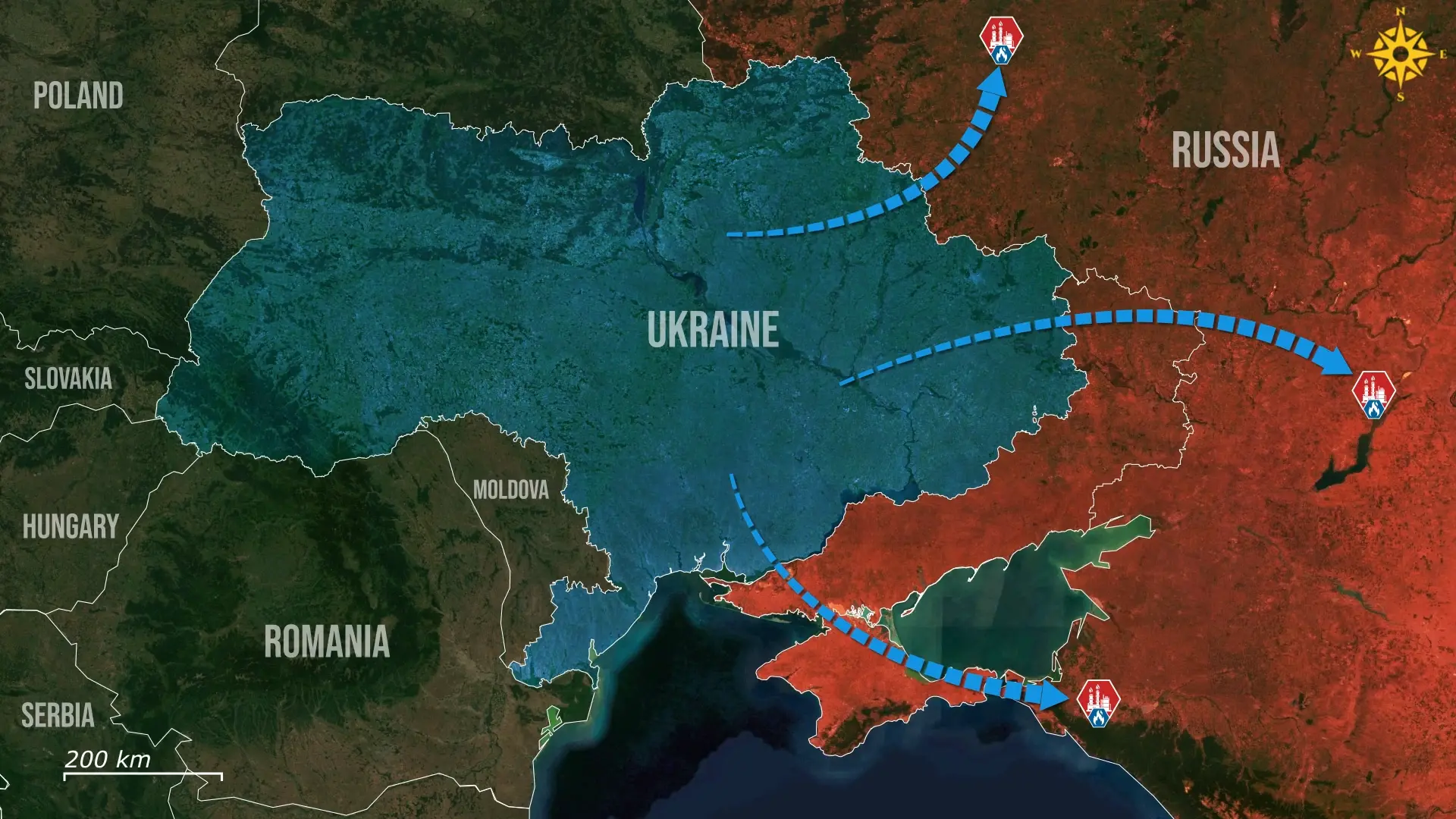
Before and during the winter, when energy outages threaten the lives of Ukrainian civilians, Russian strikes target power plants, substations, and electricity lines. Cities like Kyiv are hit frequently, and several districts of Ukraine’s capital were without power on the 14th of October after attacks on important high-voltage lines. At the same time, multiple substations were hit in Odessa, Kharkiv, and Chernihiv regions in a concerted effort of hundreds of missiles and drones. Thermal power plants are also targeted, and often have to shut down for longer periods. In early October, Russia attacked the thermal power plant in Kramatorsk with an Iskander missile, causing outages in Ukraine’s defensive belt towards Druzhivka and Sloviansk. Other power plants were attacked in Zaporizhzhia and Prydniprovska.

Furthermore, half of Ukraine’s hydroelectric power capacity has already been destroyed after the destruction of the Kakhova dam and combined drone and Kinzhal attacks on the Dniepro, Kremenchuk, Kanev, and Srednedneprovsk hydroelectric stations on the 10th of October. Recent attacks have also targeted gas facilities in Poltava Oblast and disabled 60 percent of the country’s gas production.
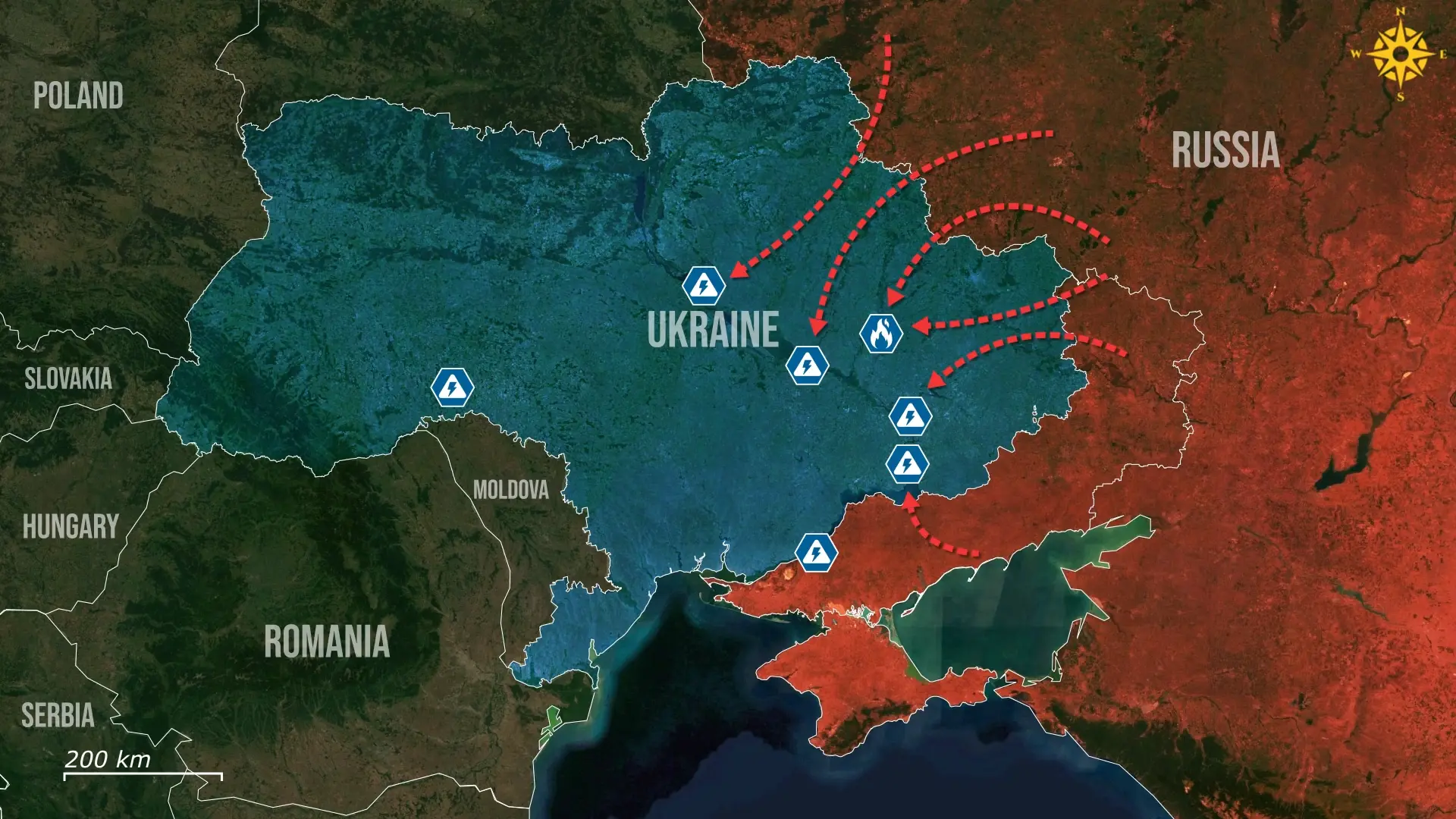
Although in September 2025, Ukraine intercepted more than 86 percent of all drones and missiles, roughly eight hundred reached their target and inflicted significant damage that left millions of Ukrainians without electricity. Ukraine has reacted to the ever-increasing amount of attacks by strengthening its air defense, deploying anti-aircraft guns, helicopters, propeller aircraft, and 3D printed interceptor drones.
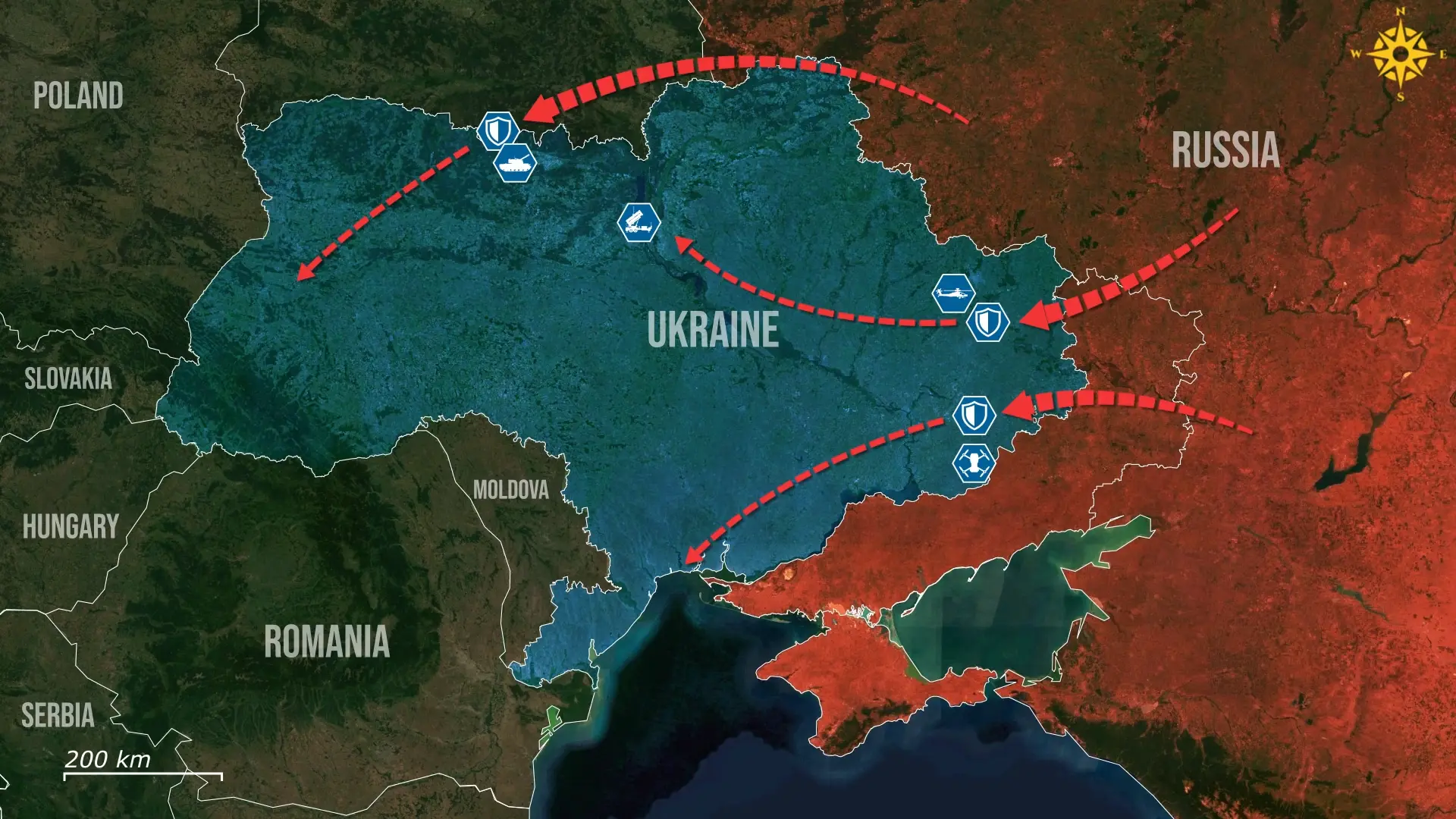
Beyond that, substantial efforts are being made towards making the energy sector more resilient by fortifying substations and improving repair operations. Ukraine currently also installs large batteries with capacities of up to 200 megawatt that can supply six hundred thousand people for up to two hours. Additionally, the country is decentralizing its energy production and distribution through wind and solar energy, small gas turbines, and mini-grids. These measures aim at preventing full regional blackouts if parts of the grid are damaged. In order to import additional electricity from the EU, new transmission lines to Poland and Slovakia will supplement the existing line to Hungary.
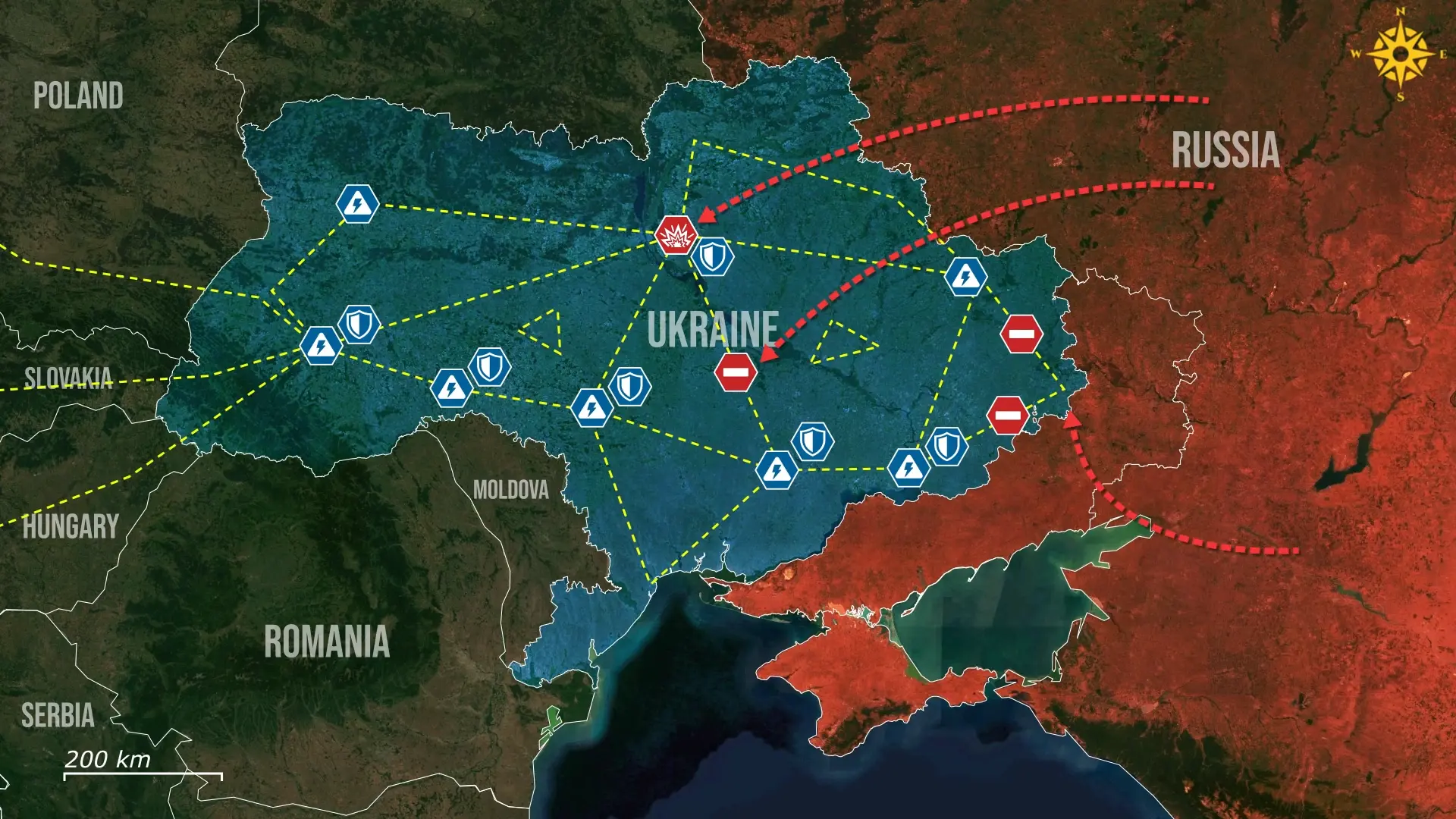
As outages continue, however, Ukrainians use diesel generators during times of blackouts and charge their power banks as soon as power returns.

Overall, Russia remains determined to break the resolve of the Ukrainian people by dismantling the country's energy sector through continuous and concentrated aerial attacks with drones, rockets, and cruise missiles, which have caused significant damage to power plants and transmission lines, but often also target civilians. While Ukraine is able to intercept a large proportion of the six thousand incoming objects each month, its air defense capabilities are currently at their limit, and makeshift air defenses struggle to fend off the constant stream of cheap drones.

Therefore, indirect solutions such as the transition towards decentralized power production, energy storage sites, electricity imports, and protected infrastructures are currently implemented. At the same time, Ukrainians have, out of necessity, adapted and use power banks and generators to endure the outages.
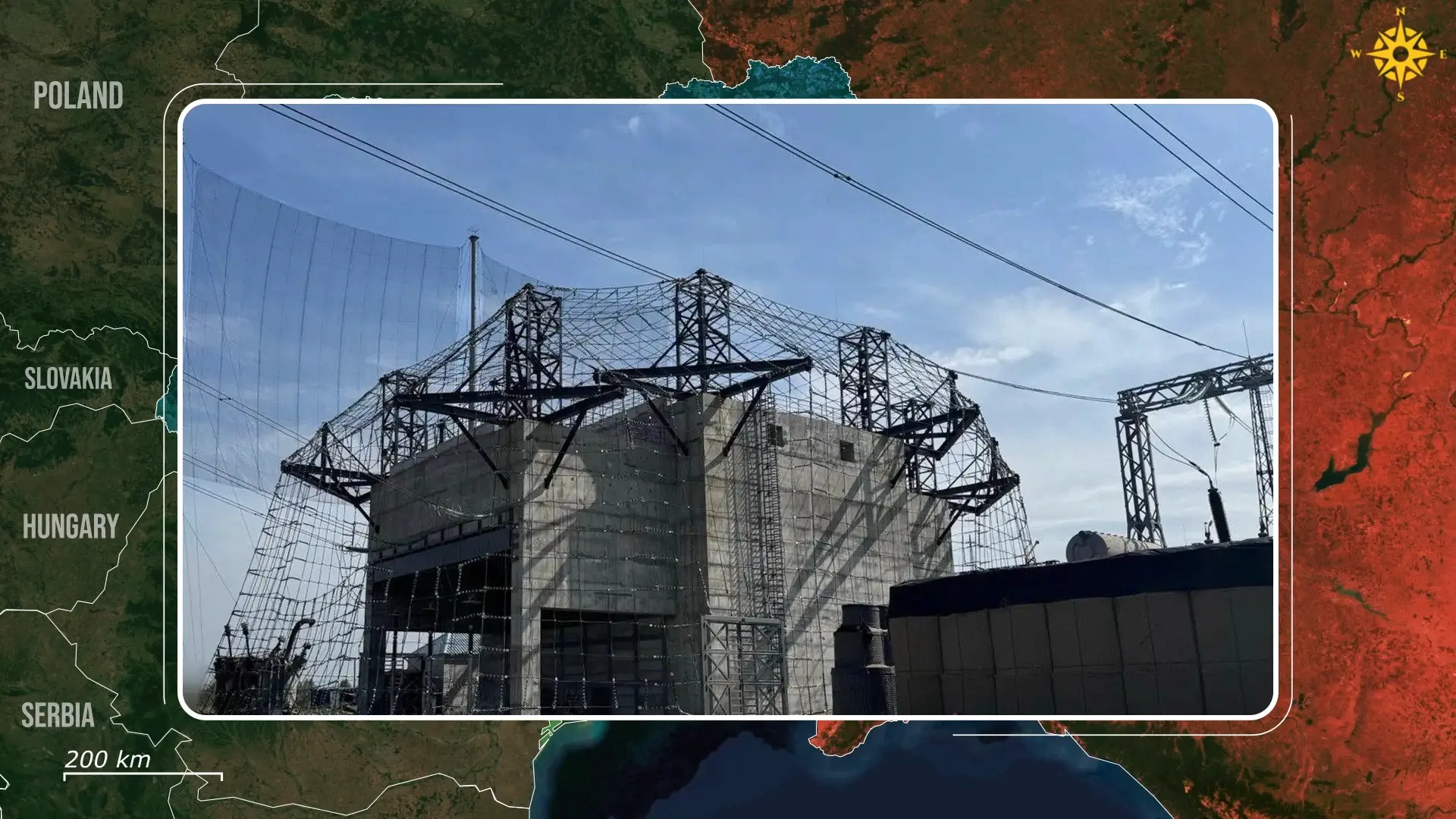
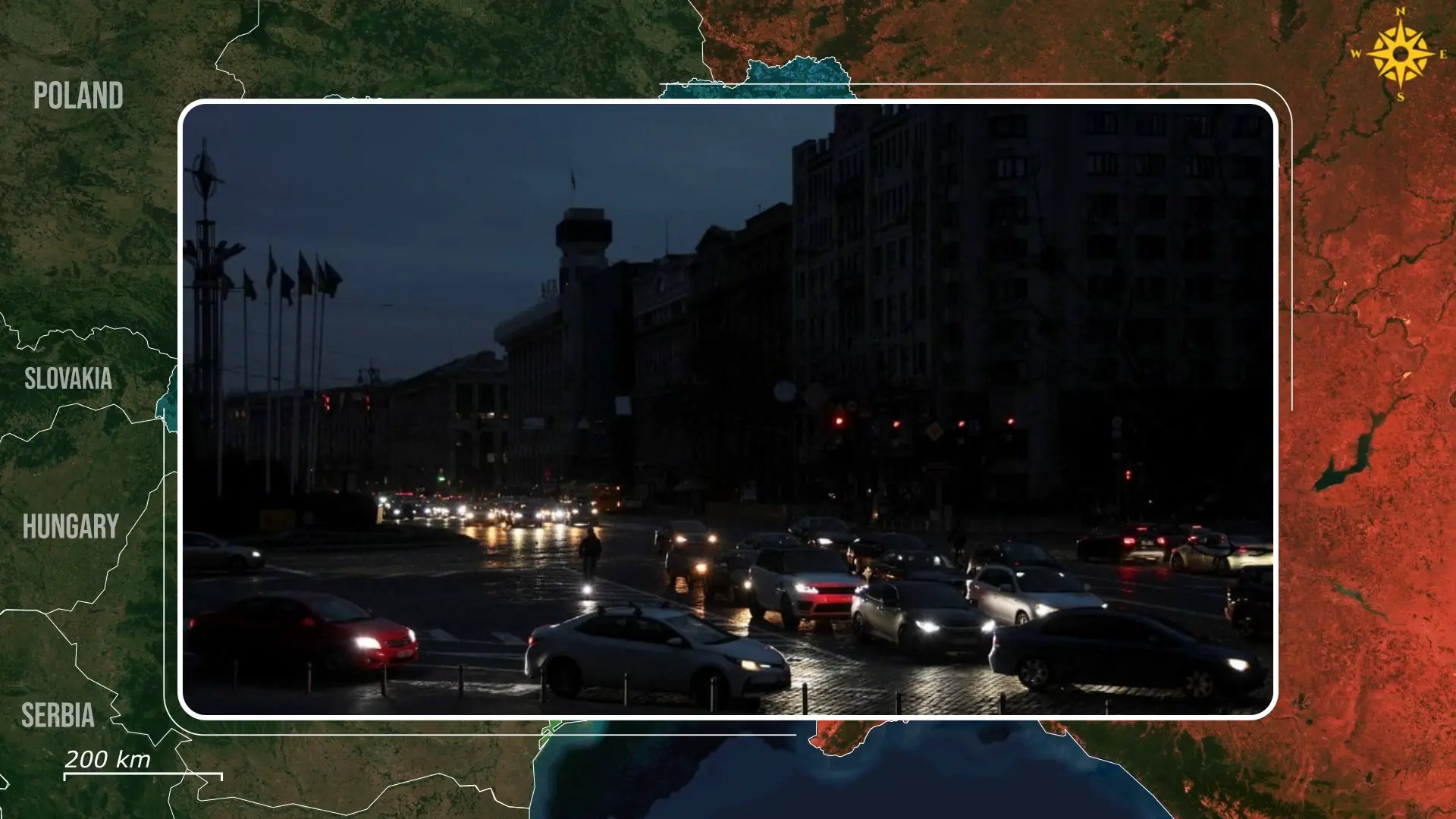








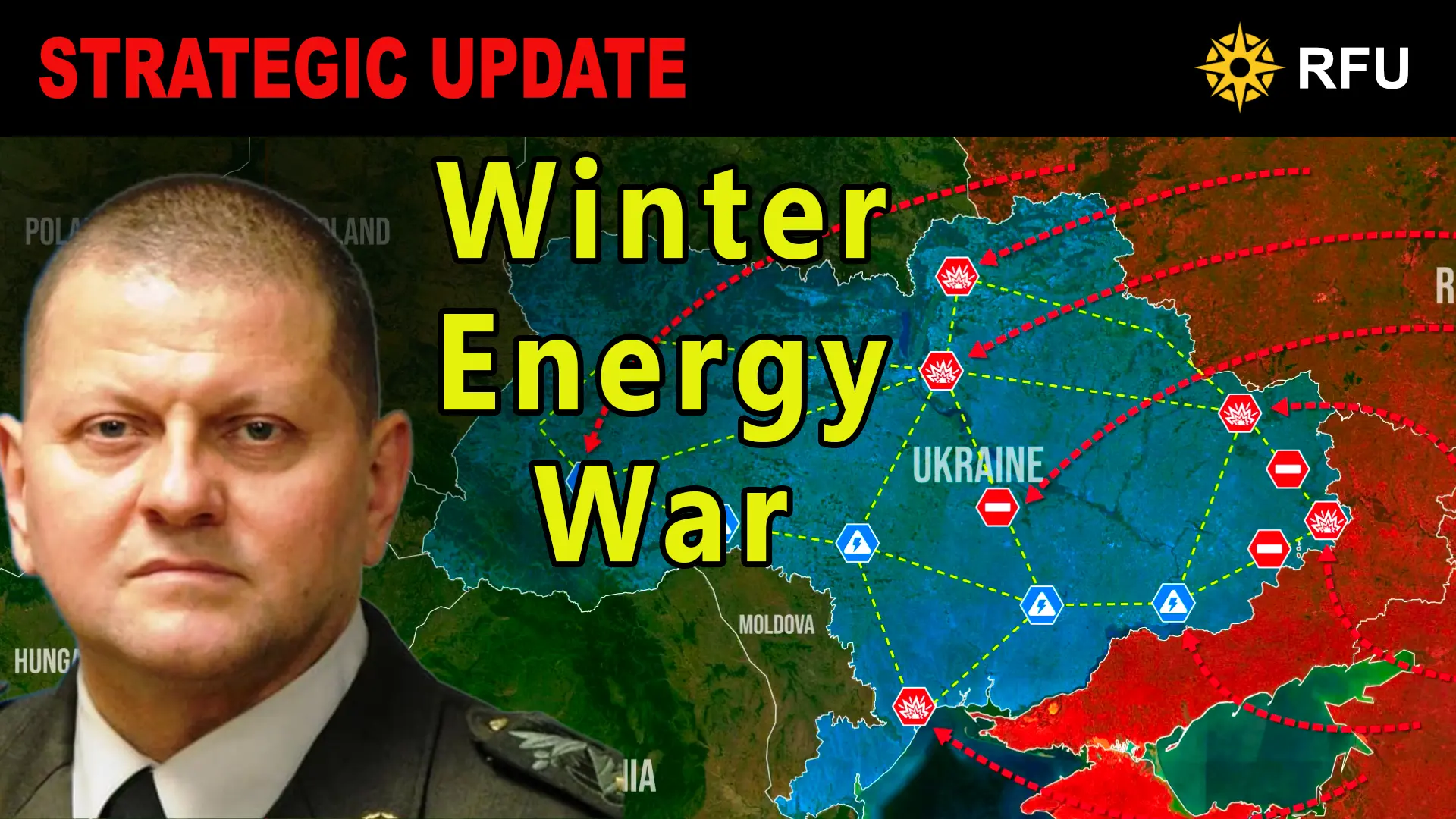
.jpg)
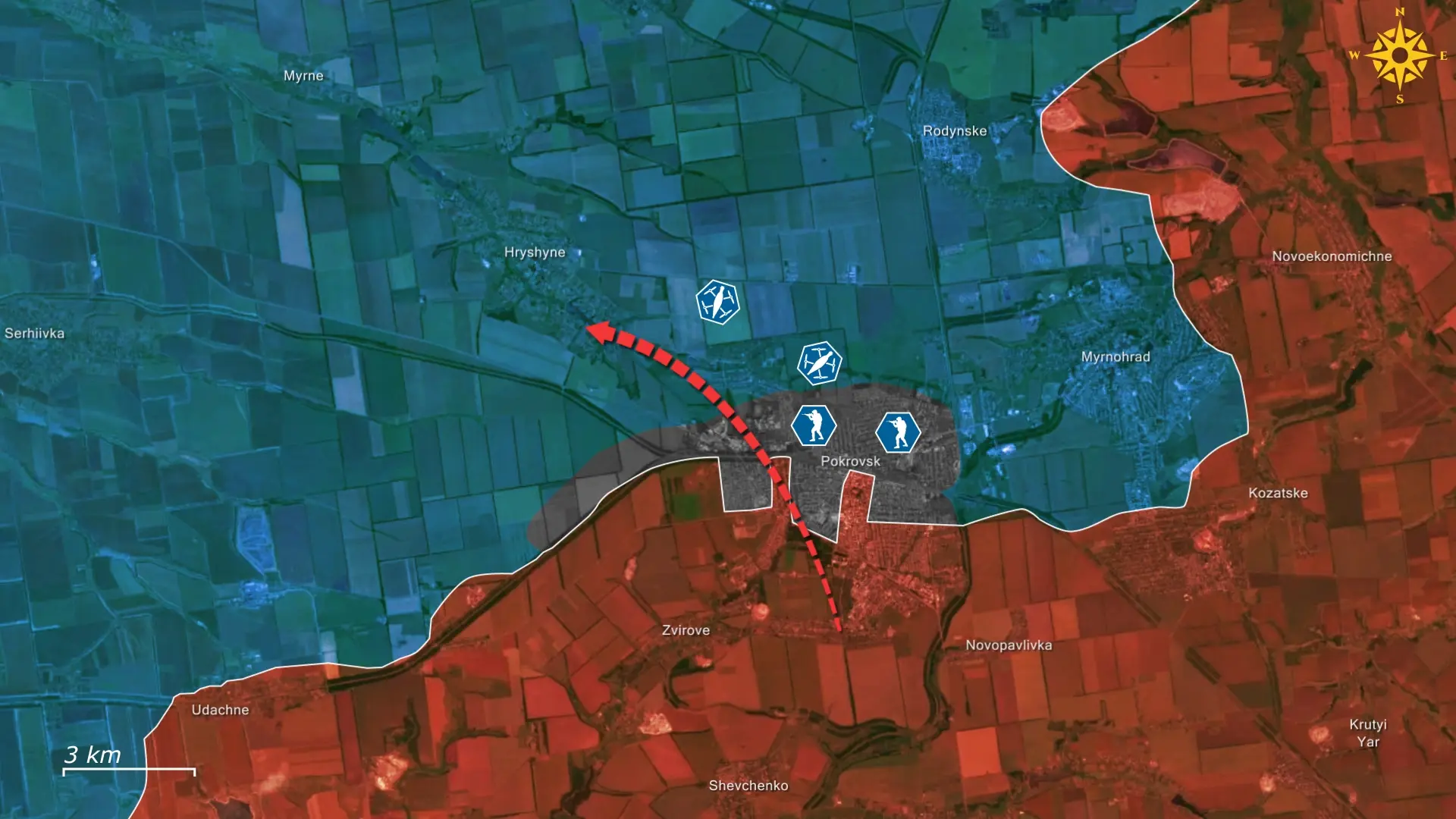
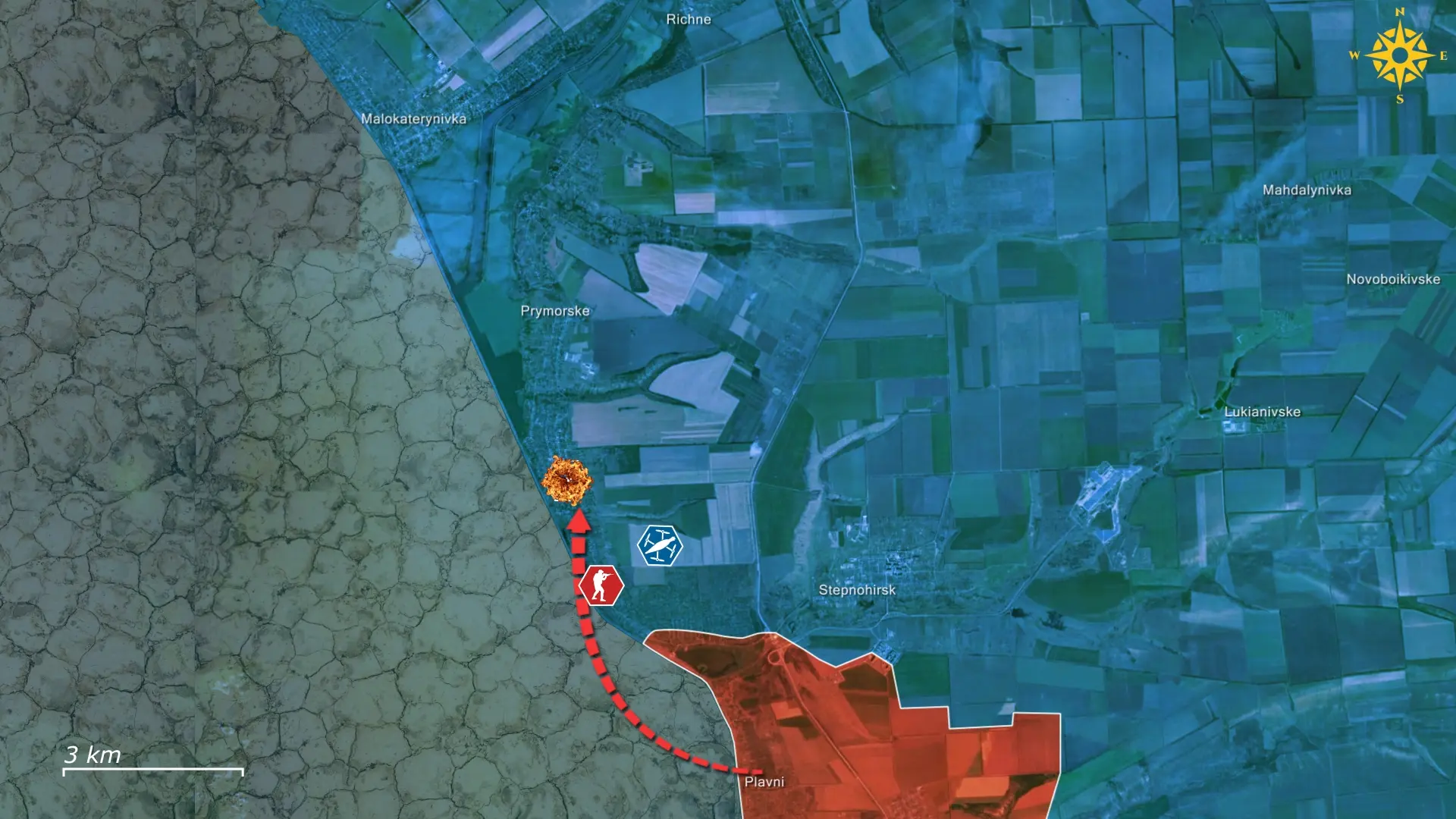
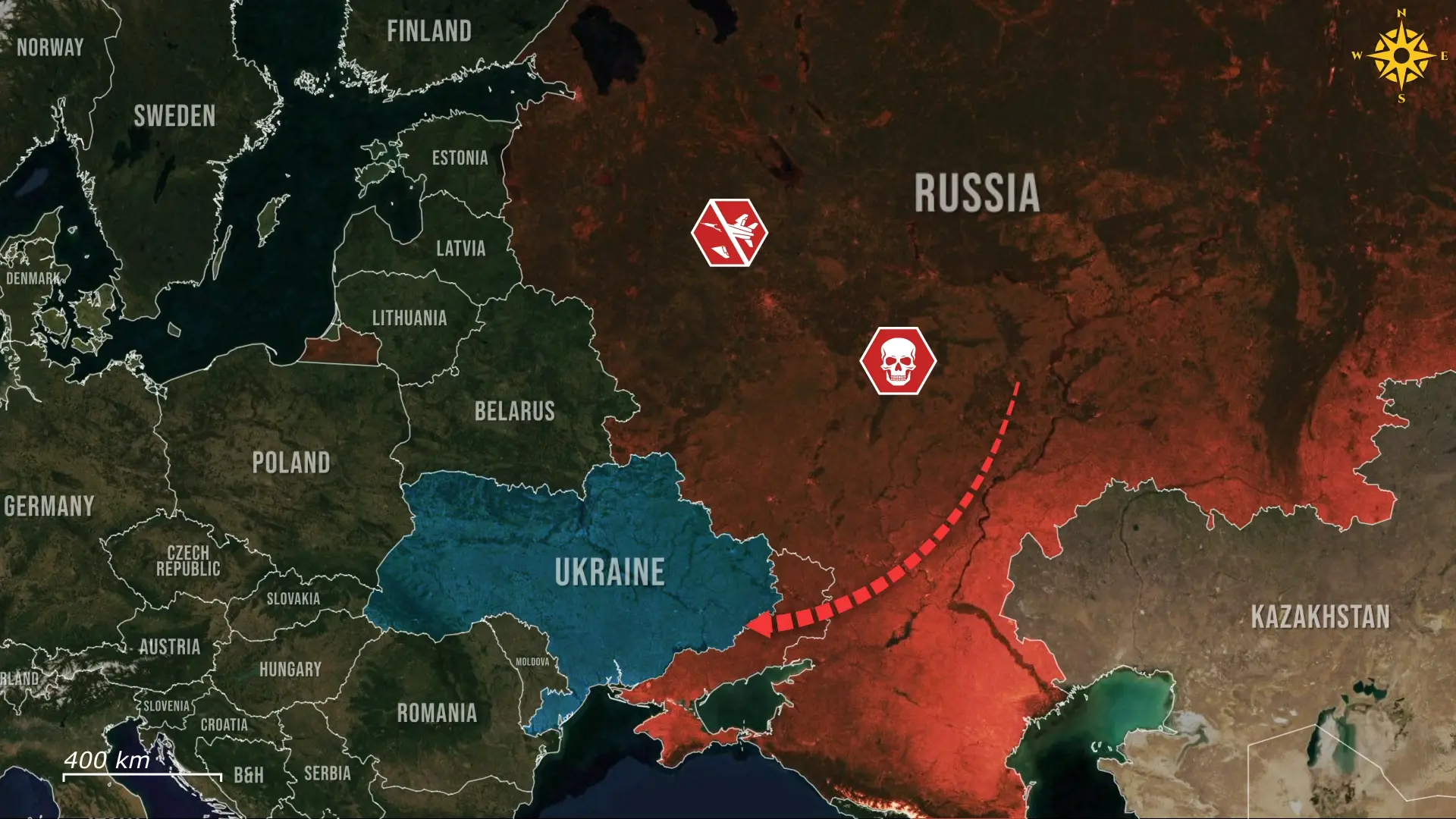
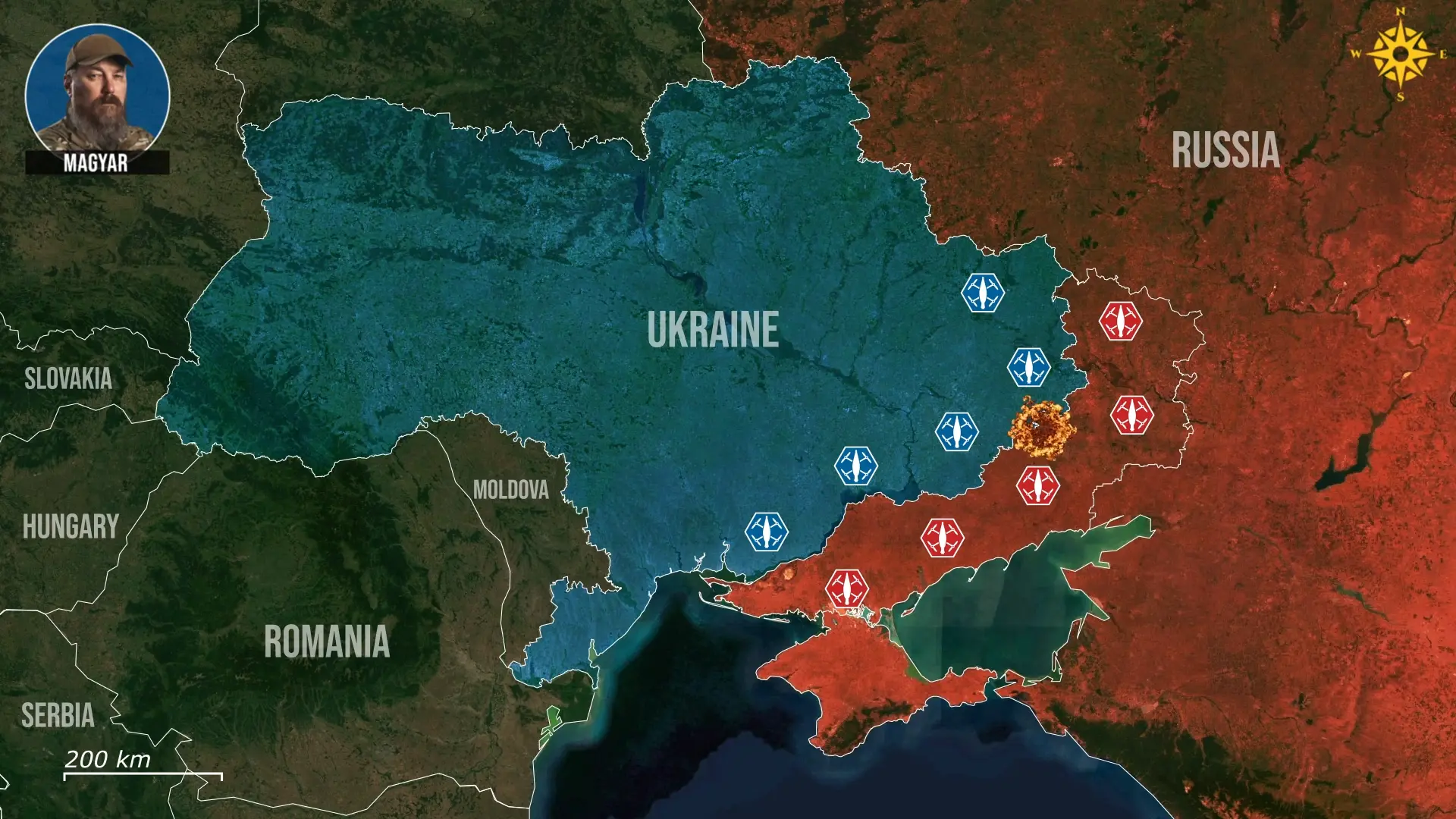



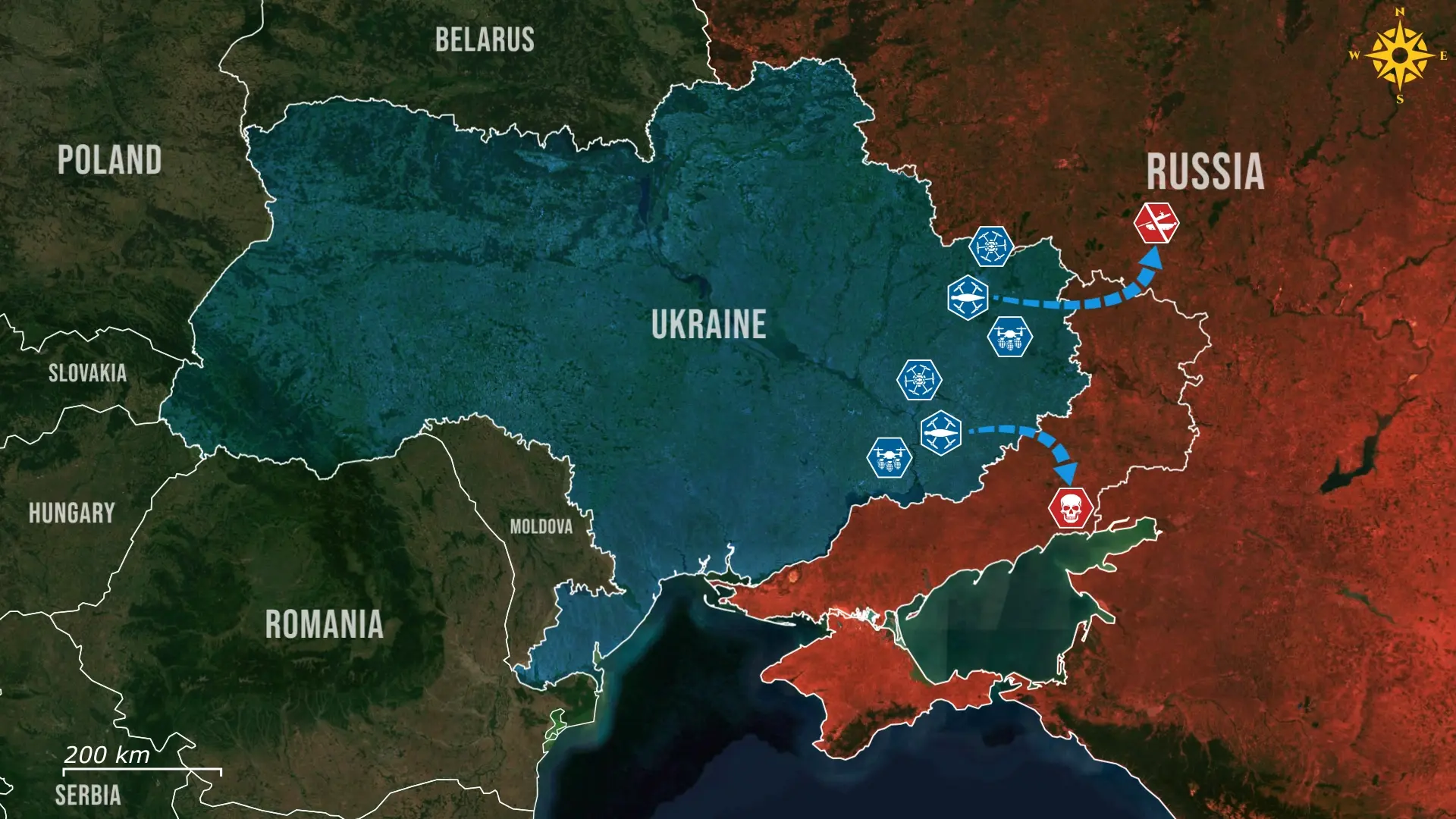
Comments